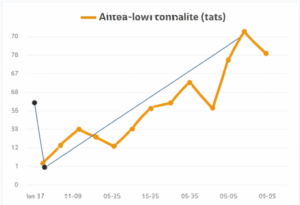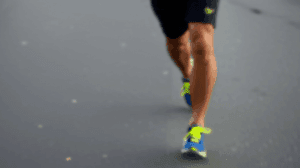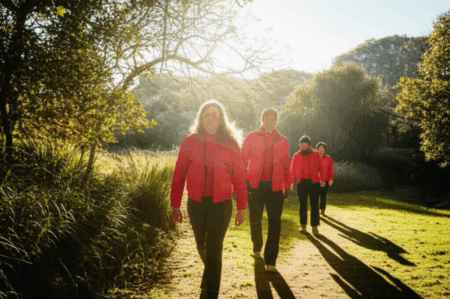Scottie Scheffler, one of golf’s top professionals, is known not only for his exceptional play but also for his disciplined and methodical approach to preparation. Emulating his warm-up routine reveals key insights into how a world-class golfer primes his body and mind for competition.
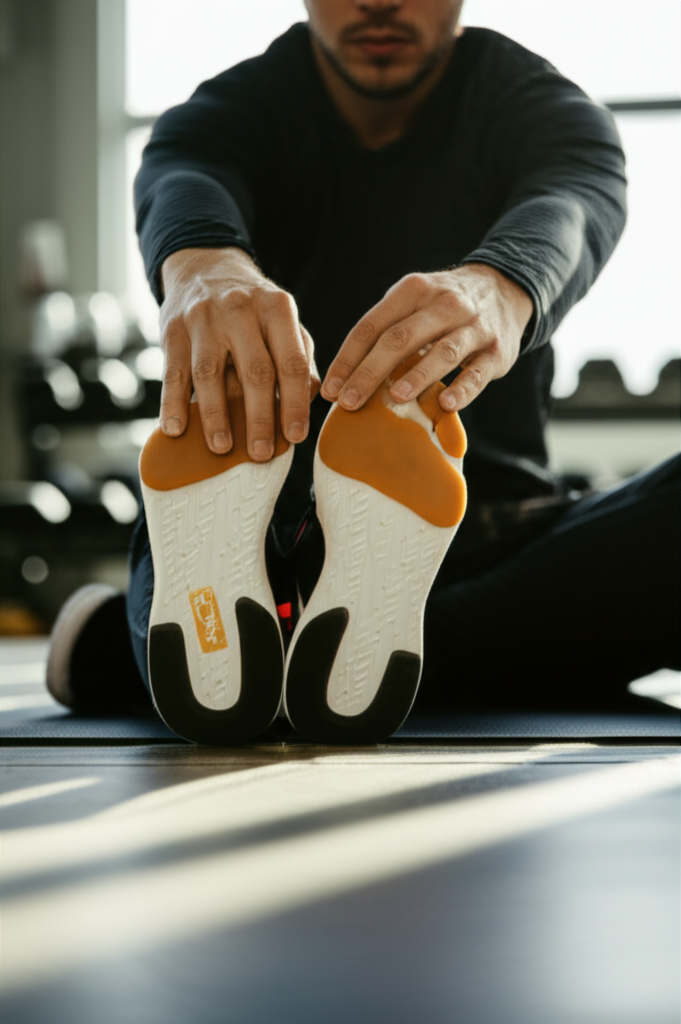
The Physical Foundation: Stretching and Mobility
Scheffler’s routine begins with a significant emphasis on physical readiness. He incorporates foam rolling and dynamic stretches to loosen tight muscles, particularly targeting his shoulders, hips, and back. Light cardio is also included to elevate his heart rate and improve circulation, ensuring his body is limber and prepared for the powerful and precise movements of the golf swing. This physical preparation is crucial for building a strong, explosive, and stable body that can resist pain and injury, even after multiple rounds of golf.
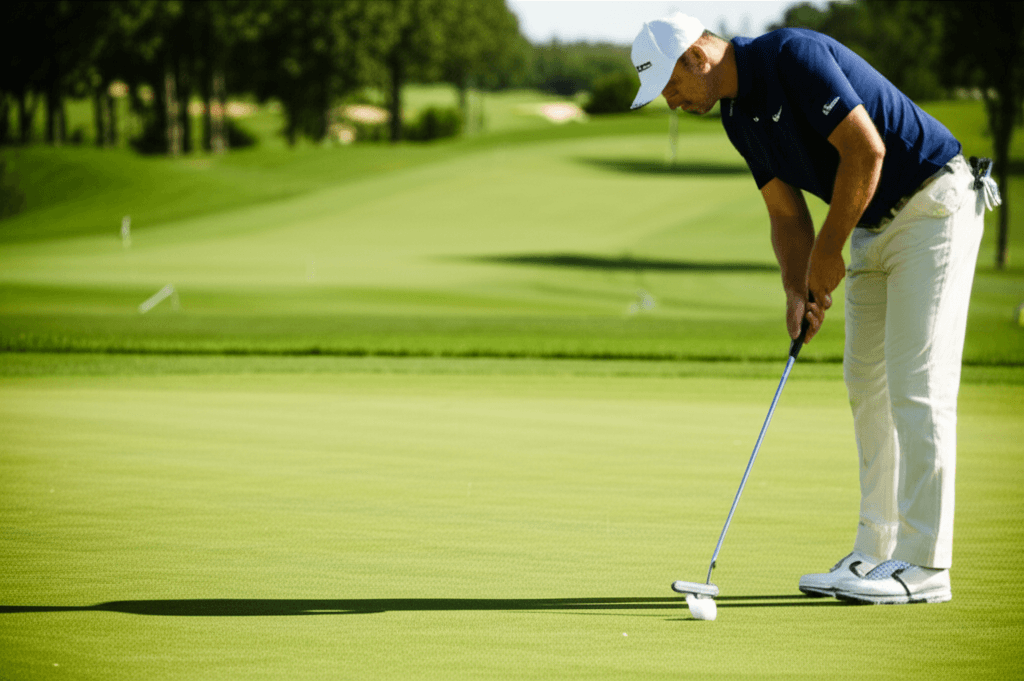
Precision on the Green: Putting and Short Game
Before heading to the driving range, Scheffler dedicates substantial time to his short game, focusing on putting and chipping.
Dialing in Putting Speed and Start Line
Scheffler starts his putting warm-up with a series of varied lag putts, hitting two balls to each hole to get a feel for the greens’ speed. He then moves to working on his start line, using a gate to putt the ball through and a chalk line on the green to ensure proper alignment. Towards the end of his pre-round routine, he returns to the putting green to focus on five-footers, meticulously obsessing over the start line. This methodical approach to green reading involves viewing the putt from multiple angles, taking practice strokes while looking at the hole, and then settling in with his eyes fixed on his line.
Sharpening Chipping and Bunker Play
Beyond putting, Scheffler also dedicates time to chipping practice to sharpen his touch and control around the greens, and bunker shots to ensure comfort with sand play. He establishes a routine that includes feeling the shot before he hits it, visualizing the ball’s path, and taking a practice swing to feel the exact bottom of his arc before execution.
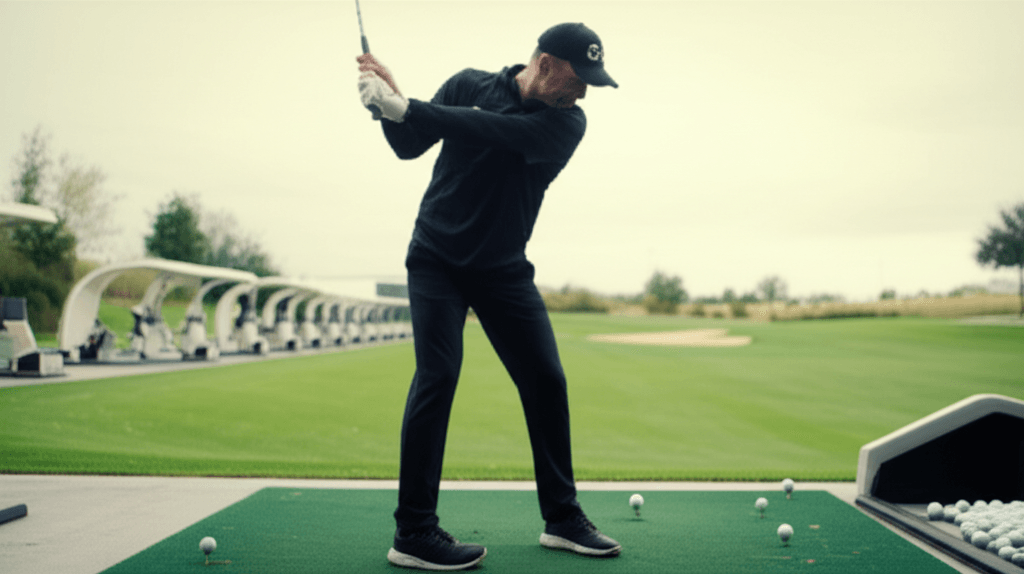
The Driving Range: Building a Consistent Swing
Scheffler’s practice sessions on the driving range are deliberate and focused. He typically starts with shorter clubs and progressively transitions to the driver.
Working Up Through the Bag
After spending time on the putting green, Scheffler moves to the range, beginning with wedges and gradually working his way up through his bag, concluding with powerful drives. His routine emphasizes ball flight control, as he practices fades, draws, and straight shots to adapt to different course layouts and wind conditions.
Utilizing Alignment Aids
A key element of Scheffler’s range routine is the use of alignment sticks. He places them on the ground to ensure his setup and ball position are spot-on, a fundamental step often overlooked by amateur golfers. This practice helps him maintain consistency in his setup, which in turn leads to a more consistent swing.
Strategic Practice Swings
When on the course, Scheffler’s full swing routine involves standing behind the ball, visualizing the desired shot shape, and taking one practice swing that precisely mimics his intended shot. He then approaches the ball, sets his feet, takes one last look at the target, and executes the shot, all within 15-20 seconds.
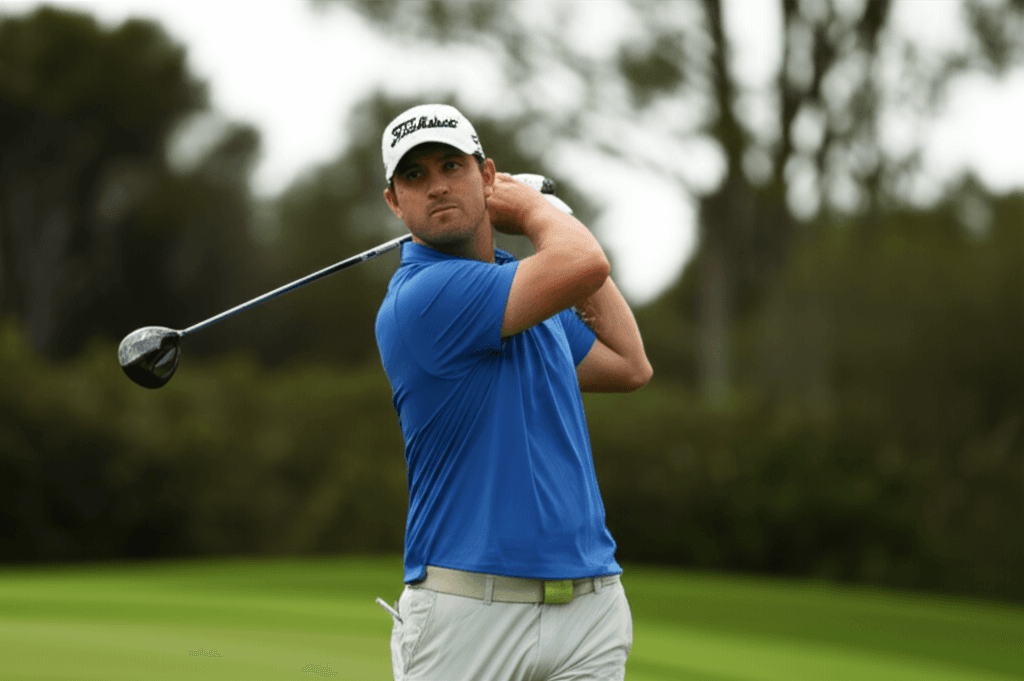
Mental Preparation and Commitment
Beyond the physical aspects, Scheffler’s routine emphasizes mental preparation and commitment. He believes that a calm mind leads to a focused game, and he avoids overloading himself with stress or excessive analysis on tournament mornings. Instead, he spends time with his team, family, or engages in light conversation to maintain a relaxed demeanor.
Scheffler’s confidence stems from trusting his preparation and commitment to every shot. He visualizes executing perfect shots and overcoming challenges, priming his mind for success. He commits fully to his club and target, avoiding second-guessing and tentative swings, which allows him to swing freely under pressure. His consistent reaction to both good and bad shots – processing what happened, making small adjustments, and immediately moving on – showcases his focus on the process over immediate results.

